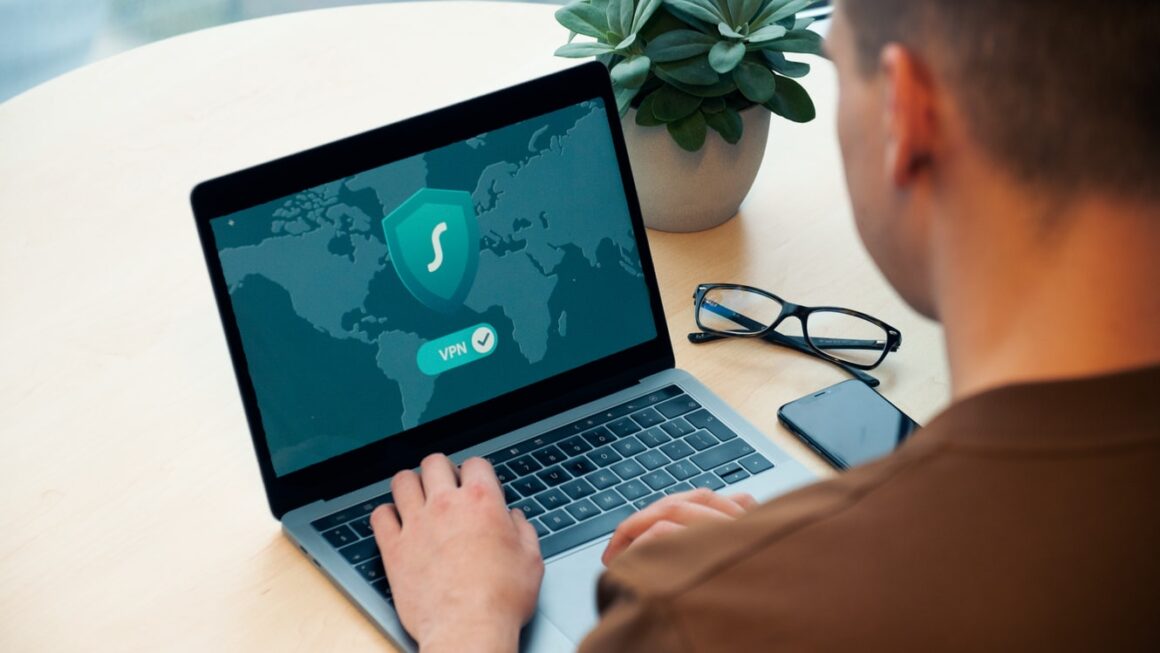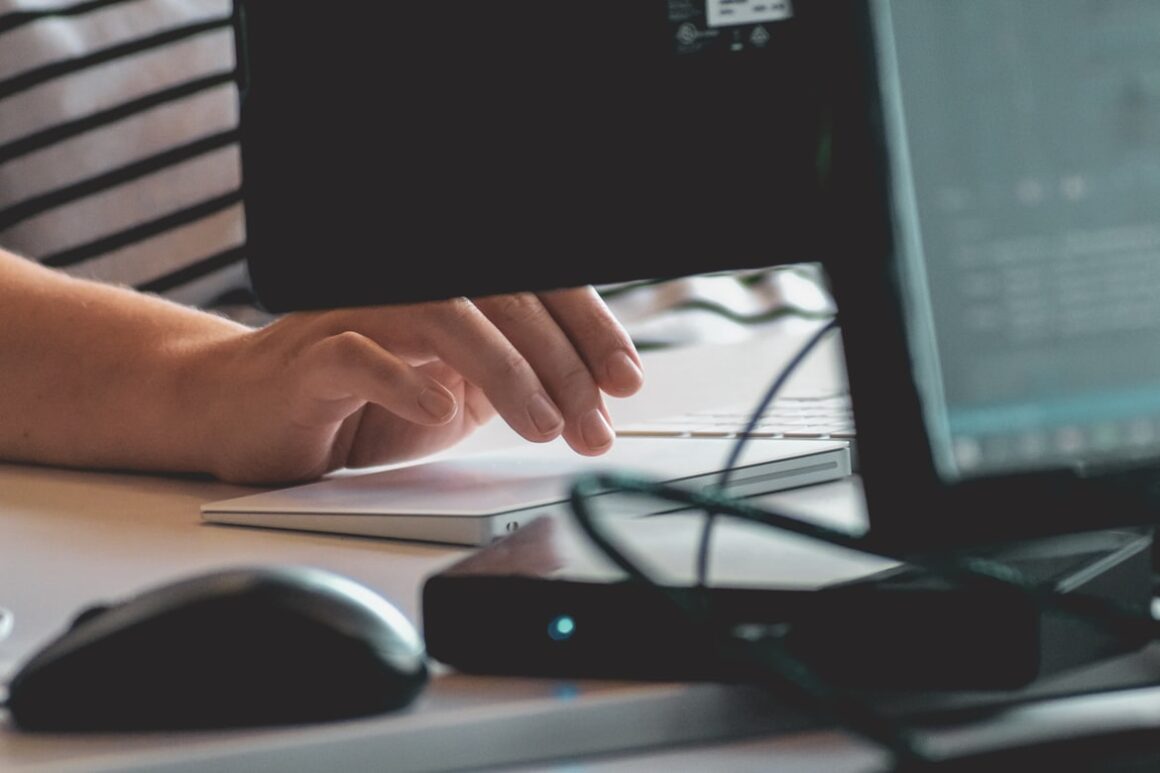There has been a massive growth in remote working in all industries, bringing opportunities for workers to create more productive and comfortable workspaces and improve their wellbeing.
However, it has been a double-edged sword, bringing new threats onto the cybersecurity landscape. Almost one year ago, the REvil hacking group breached software that allows the management of remote IT software to attack over 200 businesses.
To improve the security of your IT network when deploying a remote workforce, there are measures you should be taking to prevent creating vulnerabilities that can be exploited by hackers.
Next-Generation Cybersecurity Software

The foundation behind any secure IT setup is comprehensive cybersecurity software that leverages next-gen technologies to enhance protection.
The need for AI-driven threat detection and machine-learning threat removal is even higher for remote workers who are more and more targeted.
The investment required to roll this out across hundreds of working locations may be high, but it is well worth ensuring all of your business stays ahead of hackers.
Virtual Private Networks (VPN)

With remote workers, you have very little control of the environment they will be operating in. They may work on a poorly secured home network with a weak password or on public networks at their local coffee shop. Both of these invite hackers in, who can see all activity on the network, offering a way into your business systems.
A VPN can defend your staff’s data by encrypting all that goes through the network. This means that the data will be unintelligible unless the hacker can find the encryption key, which will only be accessible if they also hack into the VPN.
Therefore, investing in a VPN that can be consistent across your remote workers is a fantastic way to prevent breaches.
Two-Factor Authentication

Devices stored in your staff’s home are much more likely to be stolen as homes will be far less secure than business parks with security guards, CCTV, alarms, and many other security measures.
Once a hacker has stolen a device, they can quickly access your company’s systems, leading to data breaches. A Trend Micro report in 2015 found that more data breaches occur in this way than from malware.
However, you can avoid this if your company has implemented multi-factor authentication (MFA) across its systems. MFA advances the credential required to log in to your systems beyond a hackable username and password.
It also requires a different form of authentication, including biometric data or a code sent to the user’s smartphone. This can make hacks near impossible even if the device is stolen and will go a long way towards securing remote workers’ IT setups.
Giving Remote Workers Peace of Mind

The growing cybersecurity threats that remote workers face every day can be a cause of enormous stress. They will know that 60% of small businesses die six months after a cyber-attack, and they will feel tremendous pressure not to be the cause of your business’ collapse.
Securing their home-working IT setup will give them the peace of mind and confidence they need to do their job properly.


